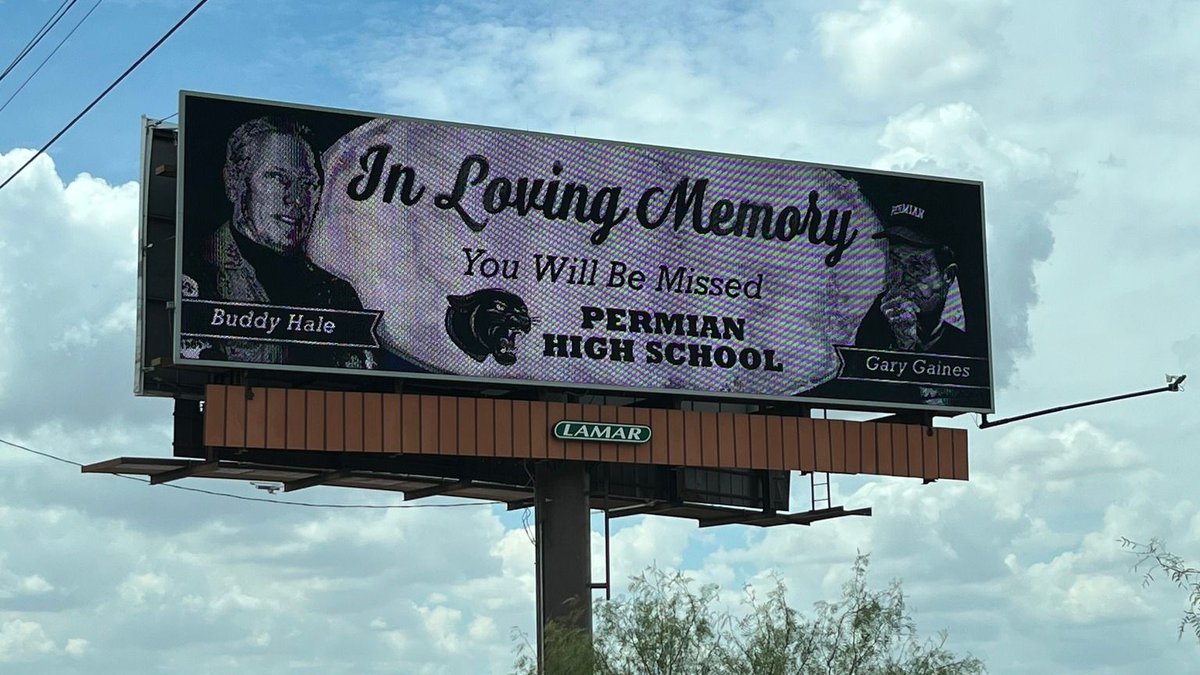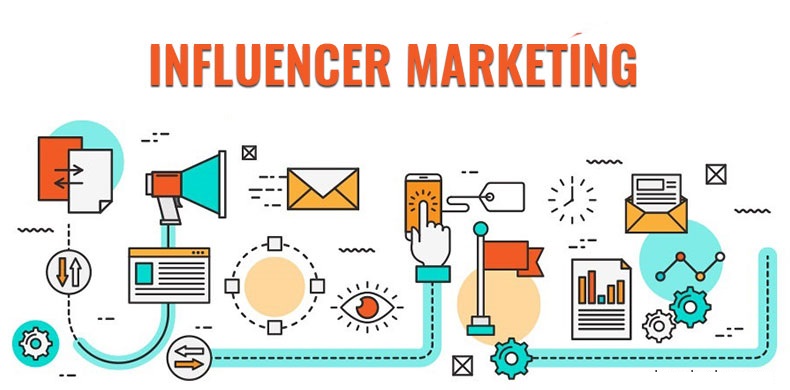
Maggi has been a hot topic since its ban in India over lead contamination. Nestle, the maker of Maggi, responded quickly with a print campaign that aimed to get the public to return to Maggi noodles. The ad shows a mother and her child, who are the center of the campaign. It also uses visual effects to make it stand out.
The advertisement aims at highlighting the value of family and Maggi noodles' ability to make nutritious meals for loved ones. It stars a mother, and a child. This ad is both uplifting and heartwarming.
Maggi's ad features a short instrumental track. The brand's Maggi Veggie Masala is also highlighted in the ad. This healthy soup is great for both lunches and dinner.
Nestle launched a social media campaign in addition to the TV ad. Nestle launched a series post on its Facebook page to highlight the Maggi advert and encourage consumers to share Maggi stories.

The ad features the slogan "Mummy Bhookh Lagi Hai", which is intended to make mother-daughter relationships as close as possible. Although it doesn't depict a mother cutting vegetables in the ad, it shows the mother making the Maggi and then preparing it. This is done with a group of children in the background.
To strengthen its presence on smaller markets, the Maggi ads were released in four languages. In addition to the advertisement, the company offers cooking classes that will teach you how to make Maggi noodles. Also, it has recently launched online recipes in several countries.
EiPi Media created the Maggi ad. This agency has a number of high-profile clients, including Nestle, Sony, and Volkswagen. Prahlad Kaskar directed the ad movie.
The Maggi ad blends technology and visual effects to create a special feeling. The ad takes place in India's hilly countryside. It is shot on a Sony LIV.
Although the Maggi ad received a lot of negative press, it was also praised for its unique advertising strategy. Among other tactics, the ad has featured enamel placards outside shops that sell Maggi products. It also promoted itself through posters posted on public transport.

The introduction of a welcome package to new customers is another advertising trick. The kit came with 12 packs of Maggi, a calendar and post cards as well a fridge magnetic. The ad has also been used to promote the company's upcoming relaunch.
Nestle will launch a new instant noodle version to help it strengthen its position within the fast-growing market. Snapdeal, an e-commerce platform, has been chosen by Nestle to partner with. The deal was announced earlier this week and the company is already seeing significant sales of its Maggi packets on the site.
Despite all the controversy surrounding Maggi's ban, it is still one of the most loved packeted foods in the nation. The company is well-known online, with more than 261,433 people following its Facebook page.
FAQ
What should you know about printing advertising?
Print advertising is an effective medium for communicating with consumers. Print advertising is used extensively by companies to promote their products or services. The main goal is to catch the attention and buy from the consumer.
Print ads are typically short (1 page) and usually include text, photos, logos, or other graphics. They can also include sound and animation as well video and hyperlinks.
The following are the main types print advertisements:
1. Brochures - These are large format printed pieces designed to attract people into stores. Brochures can often be adorned with brightly colored images and eye-catching designs.
2. Catalogues – These are smaller versions to brochures. They are sent to customers who have requested specific information.
3. Flyers – These are tiny pieces of paper distributed at events like concerts or fairs. Flyers can be handed out at retail outlets for a small fee, but are generally free.
4. Posters – These are larger versions for flyers. They can be displayed on fences, walls, or buildings. They are typically created using computer software programs that aim to attract the attention of passersby.
5. Direct mail – This is a direct mailing of letters or postcards directly to customers. Companies send these out periodically to remind existing customers about their business.
6. Newspaper Ads – These are ads that appear in newspapers or magazines. They are usually very long and contain text and images.
Advertising: What is it?
Advertising is an art form. Advertising is not about selling products. It's about making emotional connections between people, brands, and each other.
Advertising is all about telling stories with images and communicating ideas.
You must communicate clearly and persuasively. You must tell a story that is relatable to your target market.
Advertising is thus different from other forms, such public speaking, writing, and presentations.
By creating a successful campaign, you can create your brand identity.
This is how to be remembered. You will be remembered by others.
What is advertising's main purpose?
Advertising is more about connecting with customers than just selling products.
Advertising is about communicating ideas and values to people who are already interested in what you have to offer. It is about changing attitudes and minds. And it's about building relationships.
It is all about making people feel good.
You can't sell to your customers if you don’t know their needs.
Before you begin any advertising campaign, it is important to understand your customers' needs, wants, and buying patterns.
Then, you can create ads that resonate.
What are the basics of internet advertising?
Internet advertising is an essential part of every business strategy. It is a cost-effective way for companies to reach potential customers. There are many forms of internet marketing. Some are free while others may require payment.
There are several options for advertising on the internet. These include banner ads, pop-up advertisements, search engine optimization (SEO), PPC (pay-per-click) advertisements, social media and mobile marketing. Each method has its advantages and disadvantages.
What are the basics of radio advertising?
Understanding how different media interact with each other is crucial. All media forms can be considered complementary, rather than competing.
Radio is best utilized as an extension to TV advertising. It can reinforce key messages and provide additional information.
For radio listeners, TV commercials can often be too long. Radio ads are typically shorter and less costly.
What is an ad-campaign?
An advertising campaign is a series of advertisements designed to promote a product or service. It can also refer entirely to the production of such ads.
The term "ad" comes from the Latin word for "to sell." Marcus Terentius Varro (116–27 BC) was the first person to use it. It meant "to sell".
Advertising campaigns are typically done by large agencies and companies. Advertising campaigns can involve many media types, such as television, radio, print, and the internet.
Advertising campaigns typically last for several months and have specific goals. Some campaigns are designed to increase awareness, while others aim to increase sales.
What do you need to know about television advertising?
Television advertising is a powerful medium to reach many people at one time. It was also very expensive. It can still be very powerful if used correctly.
Although there are many kinds of TV ads to choose from, all share the same characteristics. The first thing to remember when planning any type of TV ad is to ensure it fits into its category. Don't confuse a lifestyle ad with a product advertisement if you are running a commercial. Your message should be consistent across the entire campaign.
The second thing to remember is that the best time to air your ads is during prime-time hours. This is because TV viewers often relax while in front of the screen. You want them relaxed enough that they can focus on you words.
Don't assume that just because you have lots of money, you will achieve great results. Actually, it could be the contrary. According to University of California research, commercials airing during popular shows are less likely to be seen and sell more products than those which air during unpopular shows. Make sure you are doing it right if you're spending a lot on TV advertising.
Statistics
- Advertising spending as a share of GDP was about 2.9 percent. (en.wikipedia.org)
- It's 100% reliant on your website traffic. (quicksprout.com)
- In 1919 it was 2.5 percent of gross domestic product (GDP) in the US, and it averaged 2.2 percent of GDP between then and at least 2007, though it may have declined dramatically since the Great Recession. (en.wikipedia.org)
- Advertising's projected distribution for 2017 was 40.4% on TV, 33.3% on digital, 9% on newspapers, 6.9% on magazines, 5.8% outdoor, and 4.3% on radio. (en.wikipedia.org)
External Links
How To
How to create sponsored ads on Facebook
Facebook is now one of the most used social networking sites. Globally, there are 1.79 Billion active monthly users. This number continues to grow every day.
Facebook is free. But, if you wish to reach your audience directly, you need to pay. You can use paid advertising options such as banners, promoted posts, etc.
Log in to an existing app, if you already own one. You can also click on "Create New App". Then, follow these steps.
-
Click "Add Platform" in the Apps section.
-
Select "Advertising," then click Continue.
-
Complete the form and send it in.
-
After approval, you'll receive a Client ID (and Secret key). These keys and Client IDs should be copied.
-
Then, copy the keys into the appropriate areas.
-
Type the campaign name and choose the currency.
-
Click "Begin Campaign".
-
Follow these steps until you see the first banner. Copy the URL, then go back to your Facebook profile.
-
Paste your code in the box provided by Facebook.
-
Click "Save Changes".
-
Your ad must now be live
-
Repeat steps 10-12 for each banner you would like to make.
-
Once you are done, click "Continue", and continue with the process.
-
Make sure you complete the final step before creating your adgroup.
-
After you are done, click "View All Ads" and see all your campaigns.
-
To delete any ads click on the "Remove Ads” button next to each individual ad.
-
If you are not seeing results after running your campaign check that you have followed the directions.
-
Check the date range you have chosen for your campaign.
-
Make sure you set your budget appropriately.
-
Keep your changes safe.
-
Before you click "Submit", please review the settings.
-
Allow your ads to appear on the timeline.
-
Bravo for a job well done!
-
Let's take a look at some ways to improve your results.